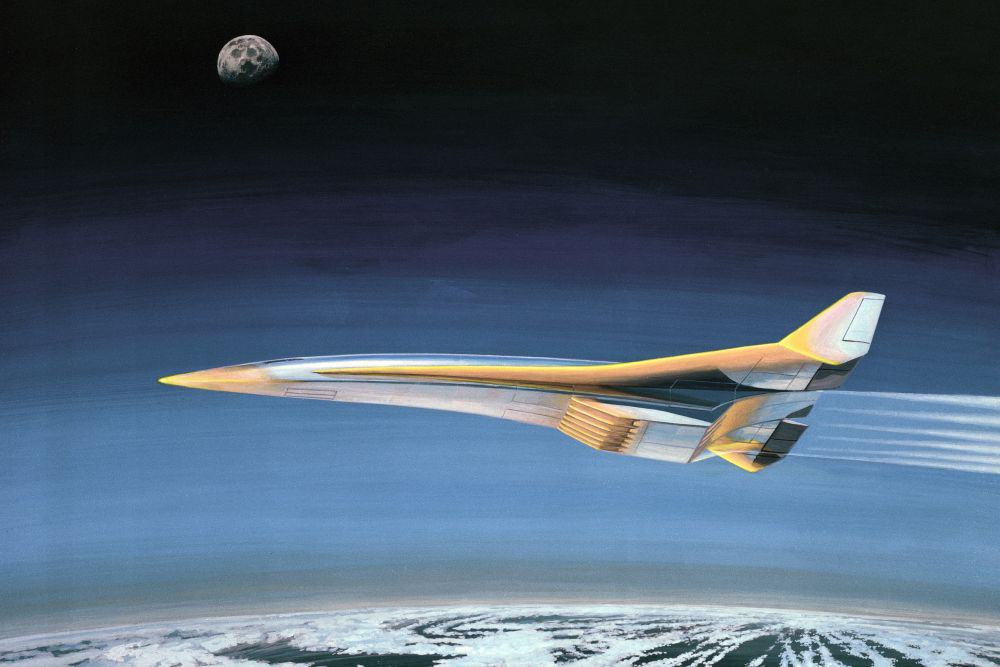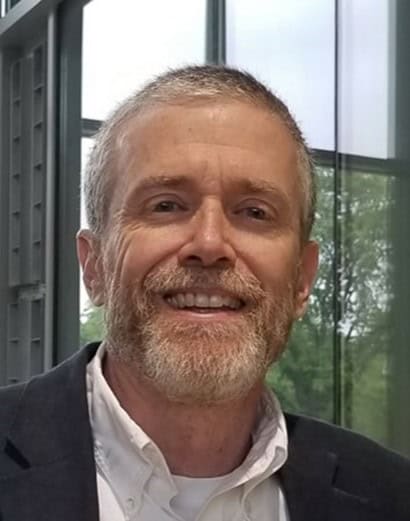
Learn about materials requirements for hypersonic flight and the compositions in development to meet these challenges
Course description
Attendees will learn about the materials requirements for hypersonic flight and the compositions in development to meet these challenges, with a focus on ultra-high temperature ceramics (UHTCs) and ceramic matrix composites (CMCs), including UHTC-CMCs. Manufacturing methods will be introduced, and the course will conclude with a section on testing methods of materials for extreme hypersonic materials.
The course is organized by ACerS in partnership with the United States Advanced Ceramics Association and Blue52 Productions
Schedule
5 hours of instruction
- 8:00-9:30 AM Compositions - Rodney Trice
- 9:30-9:45 AM Coffee break
- 9:45-10:15 AM Compositions – Mark Opeka
- 10:15-11:45 AM Manufacturing - Rodney Trice
- 11:45 AM-12:30 PM Lunch break
- 12:30-1:00 PM Testing - Mark Opeka
- 1:00-2:00 PM Testing - John Schmisseur
Click here for a detailed course outline
Registration
To Register, click here and follow instructions on the NSMMS/CRASTE Meeting website
Instructors

Bio: Professor Rodney Trice, whose home department is in the School of Materials Engineering at Purdue University, has focused on many fundamental and applied research topics over the last 25 years. Prof. Trice, his students, and his faculty collaborators have investigated structure-property relationships of plasma-sprayed thermal barrier coatings at high temperature, researched the effect of petroleum-based and biofuel impurities on degradation of thermal barrier coatings, and established the importance of the suspension plasma spray process for industrial purposes. Prof. Trice begin working in the hypersonics research area in 2010. He is currently investigating the following hypersonic materials related topics: high-temperature high-emissivity coatings for carbon/carbon composites, processing of IR and RF windows, additive manufacture of C/C composites, direct ink write of SiC short fiber/SiC composites, digital light projection of UHTCs and RF window materials, novel energy absorbing ceramics, and powder-processing schemes to fabricate ceramics into complex shapes. His current research is supported by industrial sources, ONR, BETO, AFRL, and AFOSR. He is a Fellow of the American Ceramic Society, and handles ceramic-related submissions for Additive Manufacturing and Materials Research Letters.

Bio: Dr. Mark Opeka has worked his entire career conducting research and development of very high temp materials for missile propulsion, space structures, and high speed vehicle thermal protection systems. After completing his BS (1980) and MS (1983) in Mechanical Engineering from the U of MD, he went on to earn his PhD (1995) in Materials Science and Engineering also from the U of MD, with an emphasis in metallurgical thermodynamics and oxidation kinetics. In his 43 year Navy career his responsibilities included leading the Extreme Materials Group at the Naval Surface Warfare Center Carderock Division in Bethesda MD, and was involved in research and development associated with technical ceramics including UHTCs, carbon and ceramic composites, and refractory metals and alloys. Dr. Opeka led or participated in programs sponsored by the Office of Naval Research, Navy Strategic Systems, Air Force Office of Scientific Research, DoD (Integrated High-Perf. Rocket Propulsion Technology program), DARPA, NASA, Army, and the Missile Defense Agency. For MDA he was the Propulsion Materials Subject Matter Expert and provided technical direction of propulsion materials development and of the building of design property databases. For 25 years he was the chairman of the Annual (“Cocoa Beach”) Conference on Composites, Materials, and Structures. After 46 years in high temperature materials R&D, the most recent three with Kratos SRE, his new passion is mentoring the next generation of materials scientists and engineers.

Bio: Dr. John Schmisseur is the Executive Director at University of Tennessee Space Institute in Tullahoma, TN. Prior to joining the faculty, John was the Chief of the Energy, Power & Propulsion Sciences Division and Program Manager for Aerothermodynamics within the Air Force Office of Scientific Research (AFOSR). During his tenure at AFOSR, John initiated and led a national strategic research plan which has guided the research efforts of multiple federal agencies, championed the transition of basic research capabilities that have advanced flagship national hypersonics technology programs and transformed test and evaluation capabilities, and envisioned the HIFiRE program which unifies the efforts of AFRL, NASA and the Australian DSTO to advance fundamental hypersonic science and technology via flight research. He is active within the professional community including having served as Chair of the AIAA Fluid Dynamics Technical Committee and a NATO Science and Technology Organisation working group. John earned his B.S. (1990) and M.S. (1992) in Aerospace Engineering from the University of Texas at Austin and his Ph.D. (1997) in Aeronautics and Astronautics from Purdue University. He is a Fellow of the American Institute of Aeronautics and Astronautics (2012) and the Air Force Research Laboratory (2013) and is the 2008 recipient of the Air Force Science and Engineering Award in Research Management.
